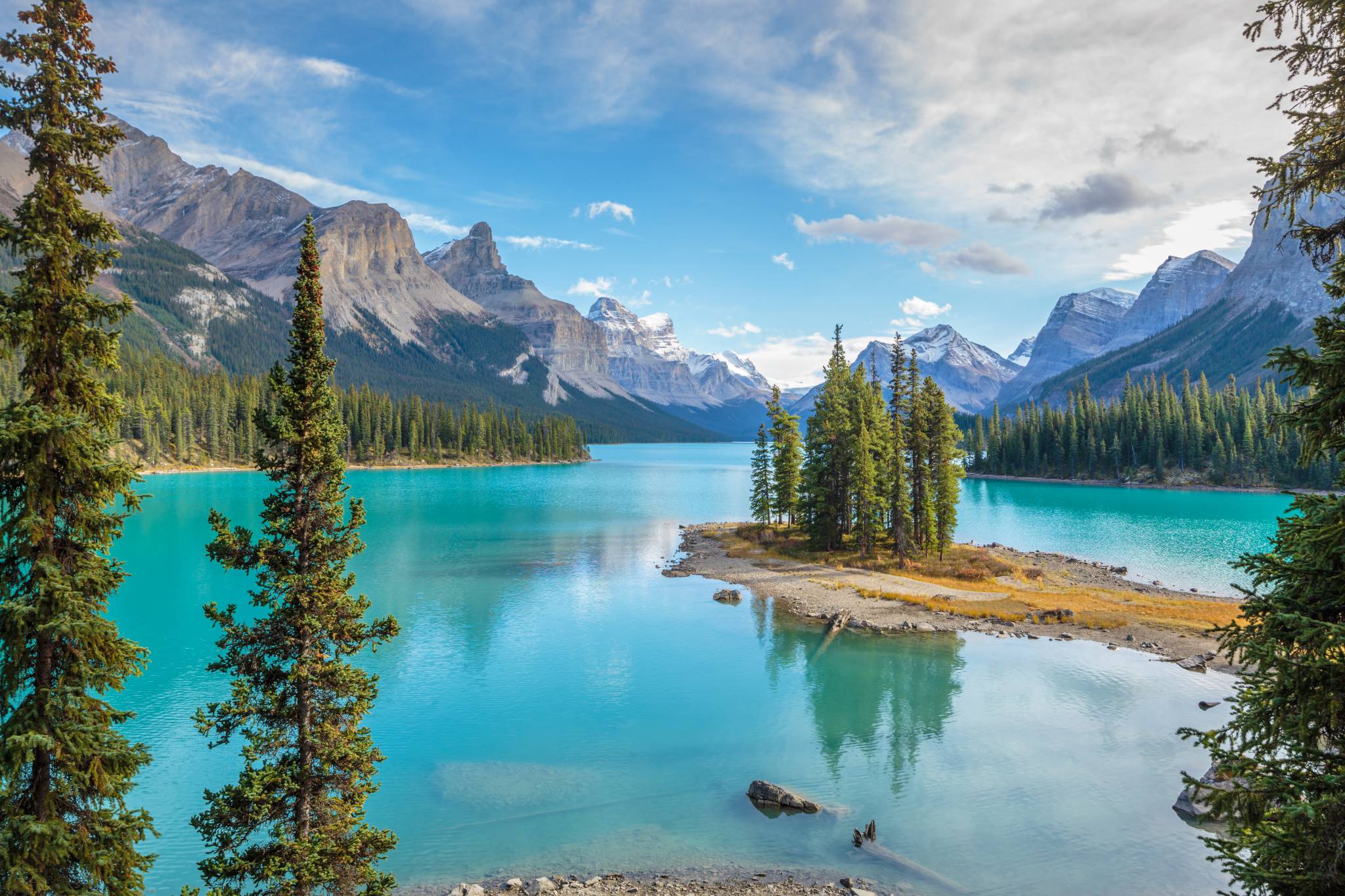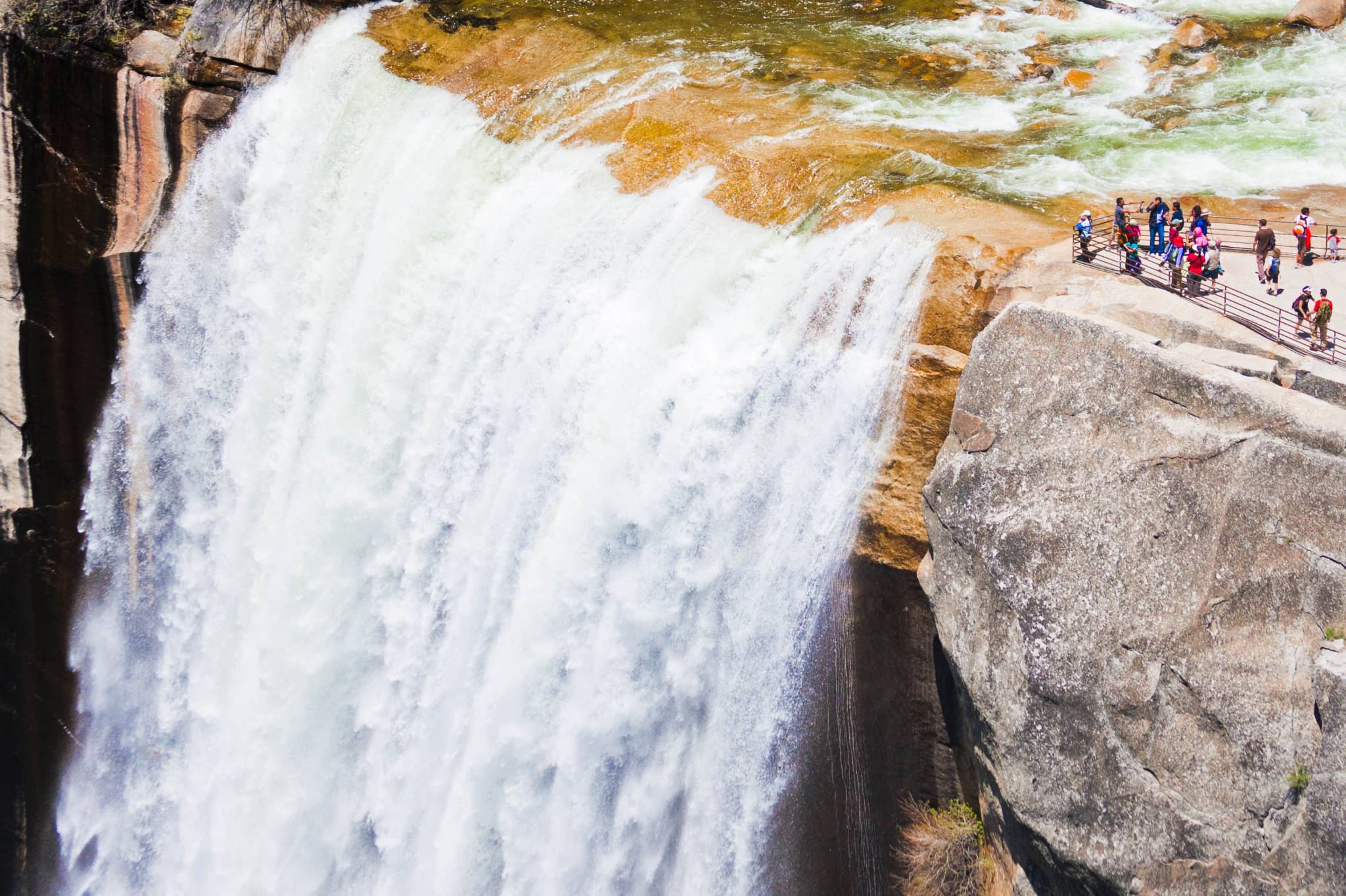Glacier National Park is the epitome of the great outdoors. A 1,583-square mile wilderness area in the Rocky Mountains of Montana, with glacier-carved peaks and valleys running to the Canadian border. It has more than 700 miles of hiking trails where you will see a diverse wildlife ranging from mountain goats to grizzly bears. The park also offers a variety of activities like hiking, cycling, and camping. Explore the great outdoors with the Glacier National Park Travel Guide and Offline Map.
1. Going-to-the-Sun Road
As one of the park's highlights driving through Going-to-the-Sun Road should definitely not be missed. The spectacular 50-mile road was completed in 1932 and spans with the width of the entire Glacier National Park and crossing the Continental Divide at 6,646-foot-high Logan Pass. It passes through almost every type of terrain in the park where there are scenic viewpoints and pullouts so motorists can stop for extended views and photo opportunities.
2. Goat Haunt
One of the more tranquil locations in the park, Goat Haunt provides you with an escape from the stresses of life. Cut trees may mark the International Boundary between the United States and Canada, but it is a place where the plants and animals here do not; they cross freely, as this is one large ecosystem and peaceful political boundaries do not affect the native flora and fauna.
3. Lake McDonald Valley
On the west end of Glacier National Park is Lake McDonald Valley. The valley presents a wide variety of activities for you to experience. Once occupied by massive glaciers that carved this area thousands of years ago, the valley is now filled with spectacular sights, hiking trails, diverse species of plants and animals, historic chalets, and the grand Lake McDonald Lodge. Ten miles long and nearly 500 feet deep, Lake McDonald is the largest lake in the park.
Learn more about other destinations that offer unique experiences by checking out eTips.













